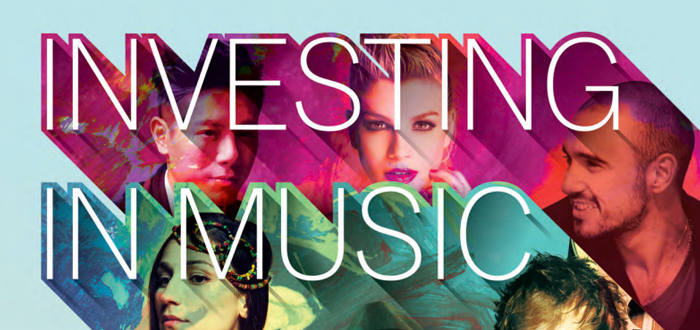IFPI report: Record labels invest $4.3b in A&R and marketing

The 21st century business model of the global music industry is generally seen as one where record companies are increasingly sidelined as their income is crippled by piracy, and acts are more likely to earn money from live shows.
But a new report released by the International Federation of the Phonographic Industry (IFPI) in association with independent labels’ association WIN (Worldwide Independent Network) states that record companies globally invest US$4.3 billion each year in A&R and marketing.
The Investing in Music report says there was a total spend of US$20 billion in the last twenty years. In the last two years, investment in these sectors has grown from representing 26% of their revenue to 27%.
The figures substantiate the IFPI’s stance that labels are still the main catalyst for activity in the music industry, and that artists wanting a career still need to secure a record deal which gives them financial support and network clout.
More than 7,500 artists were signed to major label rosters in 2013, with tens of thousands more on indie labels. One in five artists on rosters is a new signing. 5 Seconds of Summer, Lorde, Ed Sheeran, Nico & Vinz and Pharrell Williams were among artists outlined in case studies in the report on how their global successes were built by record companies.
The IFPI report also points out that record companies spend more on A&R than other sectors do in research and development (R&D). IFPI said the music industry’s investment in A&R (16%) is more than software and computing (9.9%) and the pharmaceutical and biology sector (14.4%). Such comparisons should be approached with caution, as different sectors have different business models.
The Investing in Music report also stated:
* The cost of breaking an act in a major market is between US$500,000 and US$2 million. The cost typically breaks down as payment of an advance (US$50,000-350,000), recording costs (US$150,000-500,000), video production costs (US$50,000-300,000), tour support (US$50,000-US$150,000) and marketing and promotional costs (US$200,000-700,000).
* Record companies invest heavily in local talent. In 12 of the leading markets, local repertoire accounts for more than 70% of the sales of the top 10 albums.
* The live sector does not invest the sort of money that labels do in new acts (US$2.5 billion in A&R) nor has it significantly broken an act without the help of record labels. The five top grossing tours of 2013 were by artists who had released albums nine or more years before, and needed to sell their tours on the back of their records.
* According to the UK’s Unsigned Guide, 70% of unsigned acts wanted a recording contract. The top reasons given for wanting a recording contract are marketing and promotional support (76%), tour support (58%) and getting upfront financial support in the form of an advance (45%).
* Brand partnerships and sync deals have grown substantially, and use of recordings in TV, film, games and ads are usually generated through record deals.
According to IFPI figures released in March, the global recorded music industry was last year valued at US$15 billion (a 3.9% fall from $15.6 billion in 2012). Global revenues from subscription and streaming services climbed 51% in 2013, crossing the $1 billion threshold for the first time.
Streaming services now account for 27% of all global digital revenues, with IFPI estimating that more than 28 million people worldwide currently pay for a music subscription, up from 20 million in 2012.
ARIA figures for Australia said that the recorded music market was worth $351.6 million last year, with digital revenues growing to $192.2 million.

































